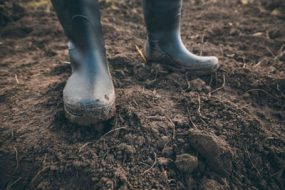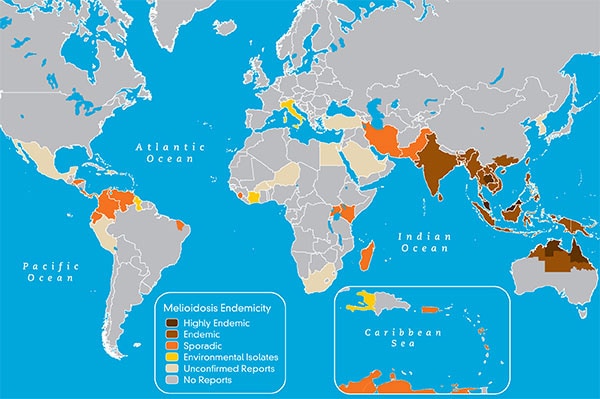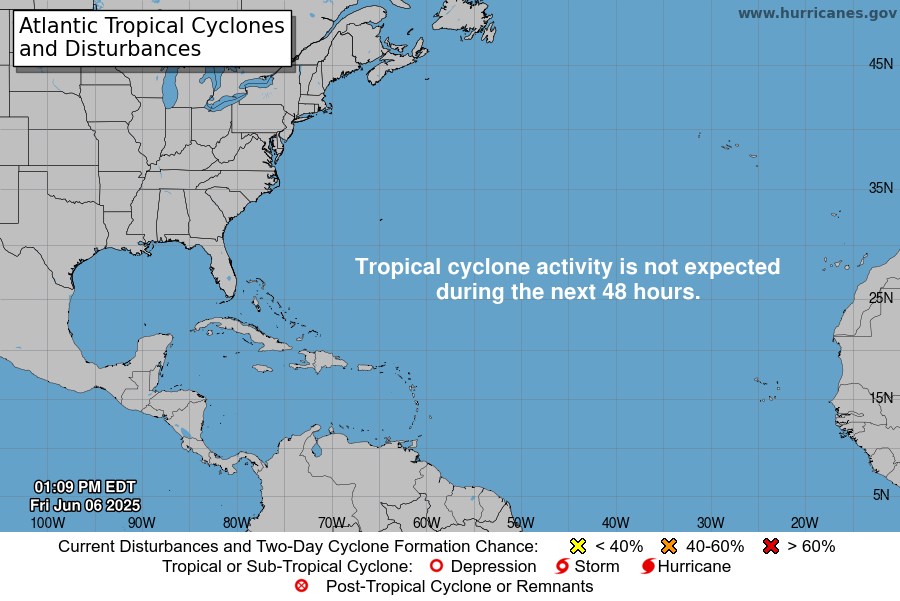Diagnosis
Melioidosis is diagnosed by isolating Burkholderia pseudomallei from blood, urine, sputum, skin lesions, or abscesses; or by detecting an antibody response to the bacteria.
Infection Classifications
Melioidosis can be categorized as an acute or localized infection, acute pulmonary infection, acute bloodstream infection, or disseminated infection. Sub-clinical infections are also possible. The incubation period (time between exposure and appearance of clinical symptoms) is not clearly defined, but may range from one day to many years; generally symptoms appear two to four weeks after exposure. Although healthy people may get melioidosis, the major risk factors are diabetes, liver disease, renal disease, thalassemia, cancer or another immune-suppressing condition not related to HIV.
Localized Infection
This form generally presents as an ulcer, nodule, or skin abscess and may result from inoculation through a break in the skin and may produce fever and general muscle aches. The infection may remain localized, or may progress rapidly through the bloodstream.
Pulmonary Infection
This is the most common form of presentation of the disease and can produce a clinical picture of mild bronchitis to severe pneumonia. The onset of pulmonary melioidosis typicall is marked by a high fever, headache, anorexia, and general muscle soreness. Chest pain is common, but a nonproductive or productive cough with normal sputum is the hallmark of this form of melioidosis. Cavitary lesions may be seen on chest X-ray, similar to those seen in pulmonary tuberculosis.
Bloodstream Infection
Patients with underlying risk factors such as diabetes and renal insufficiency are more likely to develop this form of the disease, which usually results in septic shock. The symptoms of bloodstream infection may include fever, headache, respiratory distress, abdominal discomfort, joint pain, muscle tenderness, and disorientation. This is typically an infection with rapid onset, and abscesses may be found throughout the body, most notably in the liver, spleen, or prostate.
Disseminated Infection
Disseminated melioidosis presents with abscess formation in various organs of the body, and may or may not be associated with sepsis. Organs involved typically include the liver, lung, spleen, and prostate; involvement of joints, bones, viscera, lymph nodes, skin, or brain may also occur. Disseminated infection may be seen in acute or chronic melioidosis. Signs and symptoms, in addition to fever, may include weight loss, stomach or chest pain, muscle or joint pain, and headache or seizure.
Bioterrorism
Melioidosis is a disease caused by germs that occur naturally in certain parts of the world(https://www.cdc.gov/melioidosis/risk.html), such as Southeast Asia and northern Australia. The only place these germs, called Burkholderia pseudomallei, occur naturally in the United States is Puerto Rico. Usually, people in the United States (outside of Puerto Rico) who get the disease have traveled and come into contact with the germs in one of these places where they occur naturally. One reason public health authorities study the disease is because it is possible that the germs that cause melioidosis might be used in a biological attack. A biological attack is the intentional release of germs that can sicken or kill people, livestock, or crops.





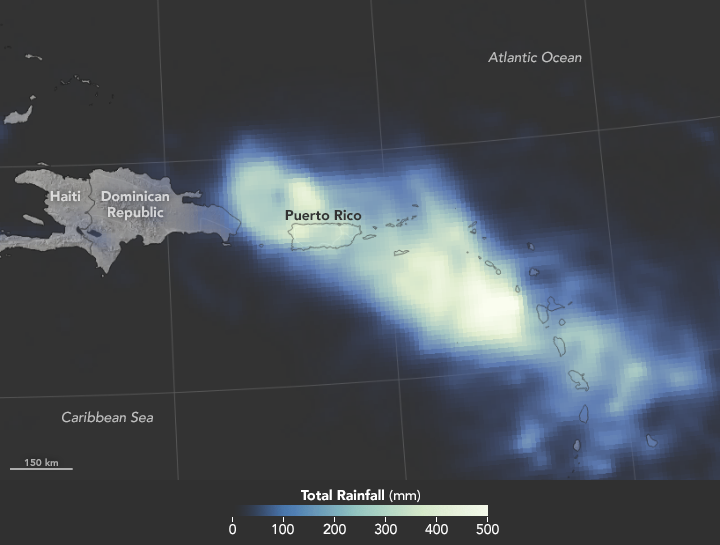
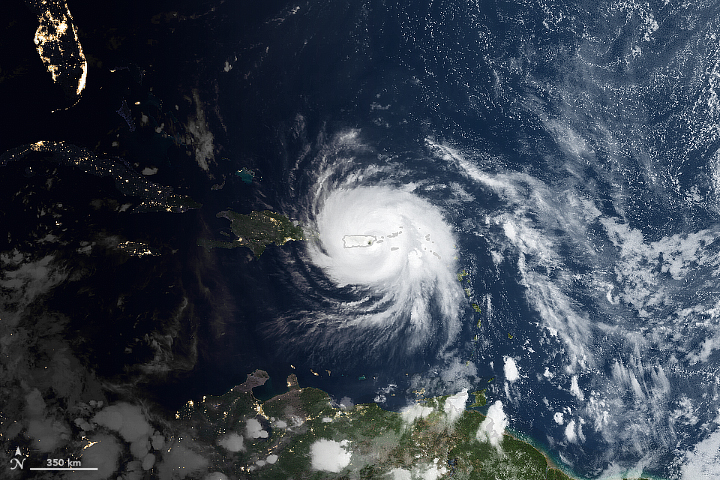
 People can get Melioidosis through direct contact with contaminated soil and surface waters.
People can get Melioidosis through direct contact with contaminated soil and surface waters. There are several types of melioidosis infection, each with their own set of symptoms.
There are several types of melioidosis infection, each with their own set of symptoms.

